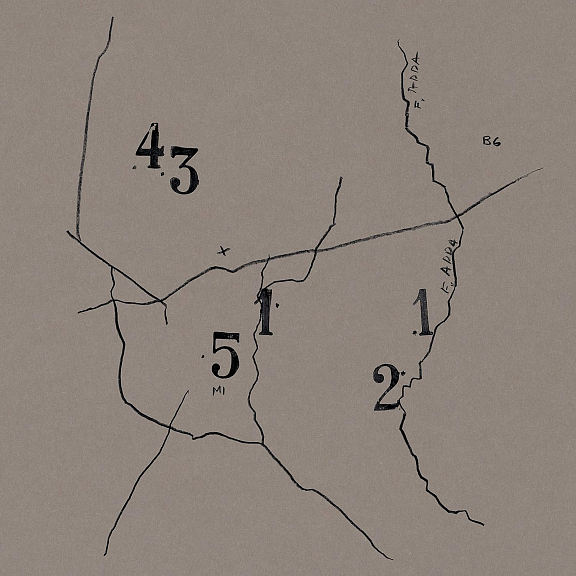-
Книги
- Нонфикшн
- Гуманитарные науки
- Деловая литература
- Естественные / Точные науки
- Книгоиздание
- Лайфстайл
- Словари / Энциклопедии
- Художественная литература
- Детектив
- Драматургия
- Классическая проза
- Мифология. Эпос
- Поэзия
- Собрания сочинений
- Современная художественная проза
- Фантастика. Фэнтези
- Биографии / Мемуары
- Графические романы / Комиксы
- Детские книги
- Воспитание. Педагогика
- Детский досуг
- О детских книгах
- Познавательная литература
- Художественная литература для детей
- Журналы / Зины
- Архитектурные
- Гуманитарные
- Журналы о моде
- Зарубежная периодика
- Искусство / Фотография
- Кино / Театр
- Лайфстайл
- Книги «Подписных изданий»
- Книги на иностранных языках
- Английский язык
- Испанский язык
- Итальянский язык
- Книги на иностранных языках для детей
- Немецкий язык
- Финский язык
- Французский язык
- Шведский язык
- Книги о кино
- Книги о музыке
- Книги о средневековье
- Книги о театре
- Книги о фотографии
- Книги об искусстве / Книги об архитектуре
- Альбомы по искусству
- Архитектура
- Декоративно-прикладное искусство
- Живопись
- Искусствоведение
- Орнаменты
- Прочее
- Танец
- Татуировка
- Творческое развитие
- Книги по философии
- Кулинарные книги
- Николай Солодников рекомендует
- Предзаказ
- Про дизайн / Про моду
- Путеводители / Книги о путешествиях
- Канцелярские товары
-
Подарки
- Брошки и значки
- Гирлянды
- Закладки
- Игры
- Календари
- Наклейки
- Наши сувениры
- Открытки
- Всякие-разные
- Наборы открыток
- Поздравления
- Про любовь и другие хорошие чувства
- С писателями и поэтами
- С цветами, овощами и фруктами
- С цитатами и другими фразами
- Подарочные сертификаты
- Постеры
- Прочее
- Сумки и шоперы
- Упаковка
- Подарочные сертификаты
Адрес магазина: Санкт-Петербург, Литейный пр., 57
Cinque viaggi (1990-98)
| Автор | Guido Guidi |
|---|---|
| Издательство | MACK book |
| Год издания | 2021 |
| Переплет | Твёрдый |
| Страниц | 152 |
| Формат | 300x300 мм |
| Язык | Английский |
| ISBN | 978-1-913620-32-5 |
| Артикул | 1190088 |
Between 1990 and 1998, Guido Guidi made five separate trips to Milan and its surrounding areas. Cinque viaggi brings together the photographs made there, forming an investigation of one city and its peripheries in the throes of economic and social transformation. As Guidi follows the canal from out in the suburbs toward the city centre, his attention and visual language move from the vernacular to the metropolitan, from wider horizontal views to vertical 'cuts' in the urban fabric, from entire buildings and scenes to glimpsed facades and doorways. Along the way, we also encounter inhabitants: a group of young men gathered in a Pasolini-like scene on a bridge in the city's outskirts; occasional passers-by working, shopping, or stopping to smoke on the city streets; disconnected couples and disparate individuals whose loose citizenship coheres the urban sprawl. While previous books, such as Per Strada (2018) and Tra l'altro (2020), demonstrated Guidi's fascination with the rural and small-town landscapes of his native region, Cinque viaggi turns to metropolitan Italy, documenting the dramatic socio-economic changes that have transformed it over the course of the nineteenth and twentieth centuries. Remnants of rural civilisation and traces of urban expansion are embedded among the first signs of de-industrialisation. These 110 large-format works, many of which have never been seen before, reveal the layers of social and architectural history among which everyday life unfolds. Cinque viaggi offers an arrestingly subtle picture of Italy's recent past and rumination on its future. With essays by Corrado Benigni, Antonello Frongia, and Roberta Valtorta. Accompanies an exhibition presented by Fondazione MIA at the Monastero di Astino, Bergamo, Italy from 11 June - 30 September 2021.
Подписка на рассылку
Мы будем присылать вам обзоры книг, промокоды и всякие-разные новости


